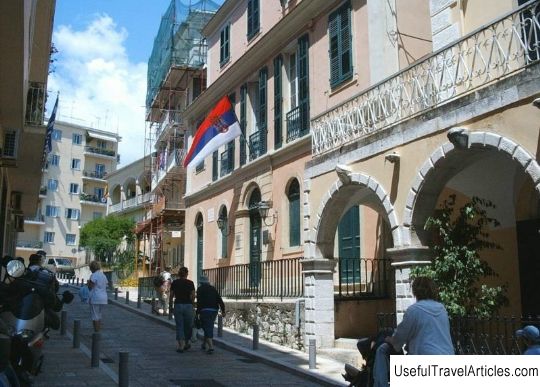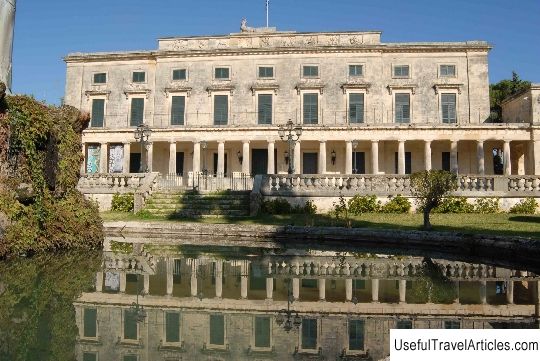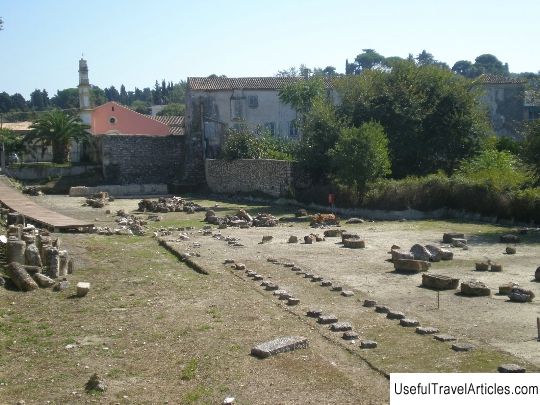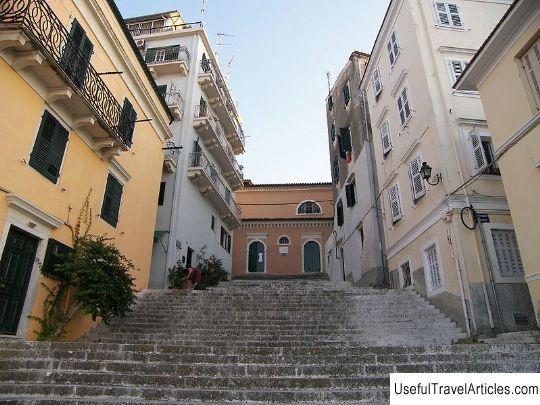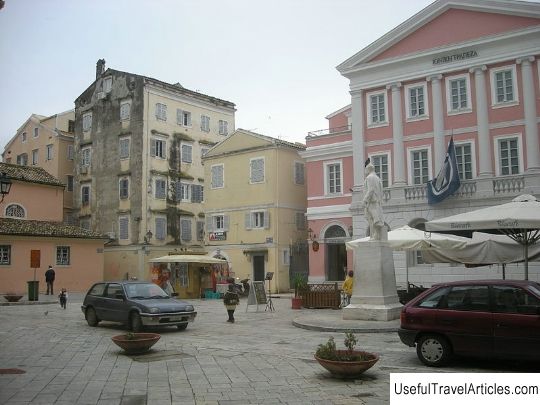Archaeological Museum of Corfu description and photos - Greece: Corfu (Kerkyra)
Rating: 8,3/10 (1029 votes) 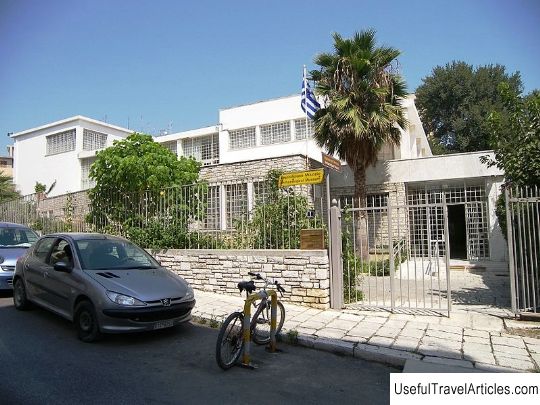
Archaeological Museum of Corfu description and photos - Greece: Corfu (Kerkyra). Detailed information about the attraction. Description, photographs and a map showing the nearest significant objects. The name in English is Archaeological Museum of Corfu. Photo and descriptionThe Archaeological Museum of Corfu (Kerkyra) is one of the most important museums on the island. It was built in 1962-1965 on purpose to house the impressive archaeological finds from the Temple of Artemis in Corfu. Previously, a small archaeological collection of Corfu was kept in the building of the city school. In 1967, the museum opened its doors to visitors. The museum's collection also includes finds from the ancient city of Corfu and artifacts from the Thesprotia area. The exhibition at the museum spans an impressive period from prehistoric times to the Roman period. The museum's collection includes bronze and marble statues, funerary artifacts, ancient coins (the oldest dating back to the 6th century BC), clay utensils, gold jewelry, fragments of ancient temples and much more. The most valuable exhibit of the museum is a huge seventeen-meter pediment from the Temple of Artemis with a sculptural image of Medusa the Gorgon. It was discovered during archaeological excavations in 1911 in the vicinity of the Villa Mon Repo and is considered the oldest pediment of an ancient Greek temple, as well as the best example of archaic sculpture (590-580 BC). Of particular interest are also the stone sculpture "Lev Menekratis" dating from the 7th century BC, and the pediment from the Temple of Dionysius (500 BC). The museum exhibits the marble torso of Apollo - a copy of the famous statue created by the famous ancient Greek sculptor Phidias. The terracotta figurines of Artemis and the head of the kouros (6th century BC) are also noteworthy. Over time, the collection of the Archaeological Museum was replenished with new exhibits, and an expansion of the exhibition space was required. As a result, two more rooms were added in 1994. The Archaeological Museum of Corfu also hosts various educational programs, temporary exhibitions and other cultural events.          We also recommend reading Maputo Fortress (Fortaleza da Nossa Senhora) description and photos - Mozambique: Maputo Topic: Archaeological Museum of Corfu description and photos - Greece: Corfu (Kerkyra). |
